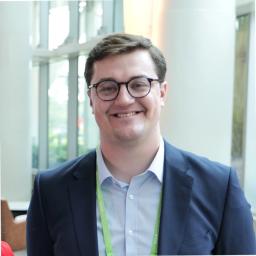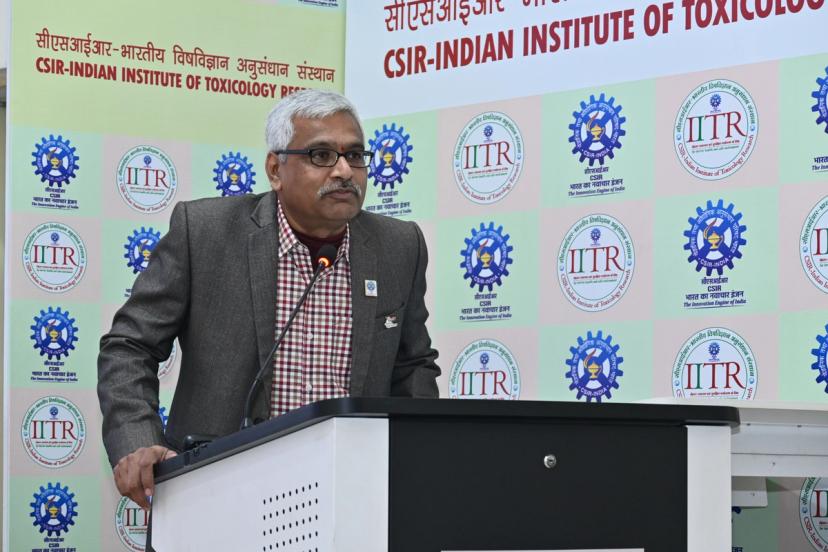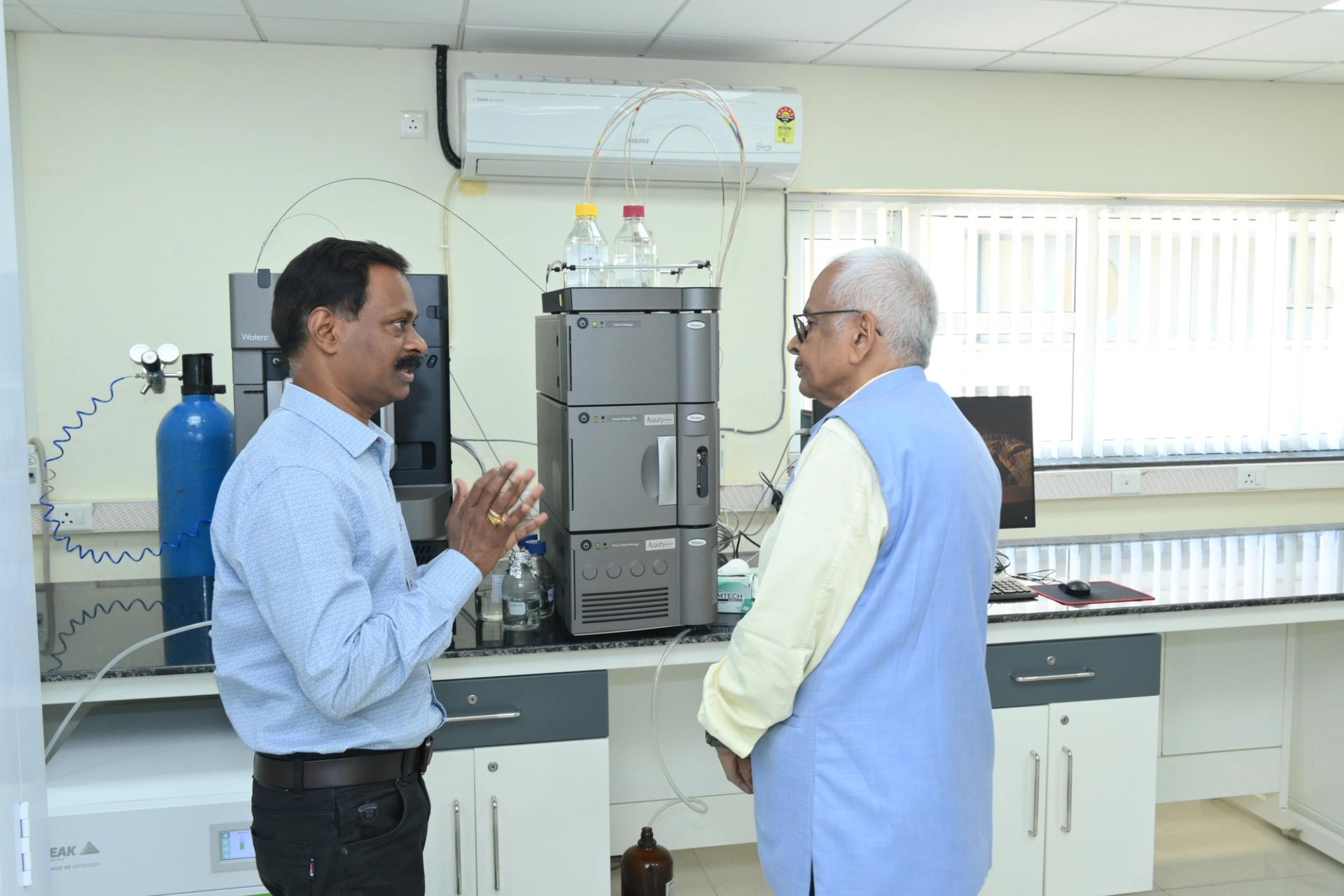CSIR-IITR leads India’s national PFAS monitoring push
As India starts to tackle PFAS, CSIR-IITR is leading the charge in developing detection methods using Waters’ advanced technologies
27 Jun 2025
Per- and polyfluoroalkyl substances, or PFAS, have earned the nickname ‘forever chemicals’ for good reason. Used in everything from non-stick cookware and textiles to firefighting foams and industrial manufacturing, these degradation-resistant synthetic compounds have rapidly emerged as a major global environmental and health concern.
In response, regulatory action on PFAS has gained momentum in recent years. The European Union and the United States have already enacted varying degrees of regulation. However, in India, the framework around PFAS is still in its infancy. With no official enforceable limits yet in place, addressing PFAS contamination across such a vast and diverse country poses significant challenges.
Understanding the PFAS problem in India

Dr. Bhaskar Narayan, Director of CSIR-IITR
One institution working to address this is the CSIR-Indian Institute of Toxicology Research. The institute is leading India's push to develop robust PFAS detection capabilities and working closely with regulatory bodies to shape future policies.
According to Dr. Bhaskar Narayan, Director of CSIR-IITR, the main challenge surrounding PFAS in India is not a lack of toxicological understanding, but rather a lack of data. “To set enforceable limits, regulatory bodies like the Food Safety and Standards Authority of India (FSSAI) require comprehensive evidence – data from market samples, farm produce, food processing lines, even environmental sources like water run-off and sewage,” he says. “For anything to be considered at the policy level, there must be strong, substantive data showing how and where PFAS is occurring in our systems.”
To address this, CSIR-IITR is leading multiple projects aimed at tracking PFAS in various commodities, from water and food packaging materials to paints, oils, cosmetics, and sediments. One such initiative, in partnership with the United Nations Environment Programme (UNEP), focuses on quantifying PFAS in consumer products and calculating the total import, export, and consumption figures for India. Another, supported by the FSSAI, is investigating PFAS leaching from food packaging materials into food. The goal is to build a nationwide dataset that can serve as scientific evidence for regulators and policymakers.
Partnering with Waters
To support this mission, CSIR-IITR has established a state-of-the-art testing facility dedicated to detecting PFAS and related compounds across a range of matrices, with a particular focus on food and water. For advanced analytical instrumentation, the institute turned to Waters Corporation – a global leader in separation and detection technologies.
“We use Waters’ triple quadrupole LC-MS/MS with the PFAS kit,” explains Dr. Devendra K. Patel, Chief Scientist and Professor at CSIR-IITR. “Before, we analyzed samples on a rival LC-QTOF instrument and were getting a huge quantity of PFAS in our samples, and we were very worried about this.”
“Without a PFAS kit, the leachability of the tubing was drastically inflating our results,” he continues. “But with the Waters system and PFAS kit, we can now achieve the correct part per trillion (ppt) level – down to 1 ppt in water, and around 4 ppt in food.”
CSIR-IITR is using the LC-MS/MS platform not only for trace-level detection but also as the basis for developing its own PFAS testing methods. One of the most significant breakthroughs from their collaboration with Waters is the development of a multi-PFAS detection method.
“CSIR-IITR has procured a 30 PFAS mix standard from Willington Laboratories, and we’re developing a method for the detection of 30 different PFAS compounds in a single analytical run in under 10 minutes,” explains Dr. Patel. “We’ve achieved detection at part per trillion concentration in water and food matrices. Now, we are planning to internationally validate this method, and in collaboration with Waters, we will publish it to be used by testing facilities worldwide.”
Dr. Narayan is quick to add that the partnership goes beyond equipment. “Waters has been incredibly supportive, not just from a technology perspective, but in recognizing the social importance of this work,” he says. “If history is to be recalled ten years from now, Waters would rightly be acknowledged as playing an equal part in developing the kinds of methods that made PFAS regulation possible in India.”

Research Council Chairperson attends one of the CSIR-IITR facilities
From detection to regulation
While advances in detection methods are a major step forward, translating those capabilities into national policy is a slower process. Rolling out such regulations across India’s vast and diverse landscape also poses unique challenges. Variability in agricultural practices, differing levels of industrial development, and limited awareness among producers all add complexity to the implementation of PFAS controls. “There’s a huge need for awareness across all stakeholders, from researchers to producers and consumers,” says Dr. Narayan. “Everyone must work together to minimize PFAS usage, whether in agriculture, cosmetics, or any other industry where these chemicals may still be present.”
To move toward sustainable change, he advocates a phased strategy. “We suggest a 1/3 approach: one-third of production areas where PFAS use is completely avoided, one-third where it is minimized, and the remaining one-third where existing inputs are strategically managed,” says Dr. Narayan.
This approach, he notes, is pragmatic in a country of India’s scale. “We’re not saying this happens overnight. But if we start today – through education, regulation, and innovation – we can shift that last one-third into the no-use category within a few years.”
Looking ahead
While Dr. Narayan acknowledges that India’s journey with PFAS is just beginning, he recognizes that the country will likely face a rapid acceleration of PFAS-related issues in the coming years, especially as the export market demands higher standards. “As an export-dependent nation, we will need to ensure that we’re equipped to meet global standards. The push from international markets may bring change sooner than anticipated,” he explains.
Looking ahead, he also emphasizes the importance of staying prepared for emerging challenges and highlights the crucial role that technology partners like Waters play in this process. “Their mass spectrometers, their chromatography solutions – these are among the best in the world,” he says. “Gone are the days of measuring things in milligrams or ppm. Today, we’re talking femtograms, nanograms, ppt levels. That’s only possible because companies like Waters are pushing analytical science forward,” he concludes.


